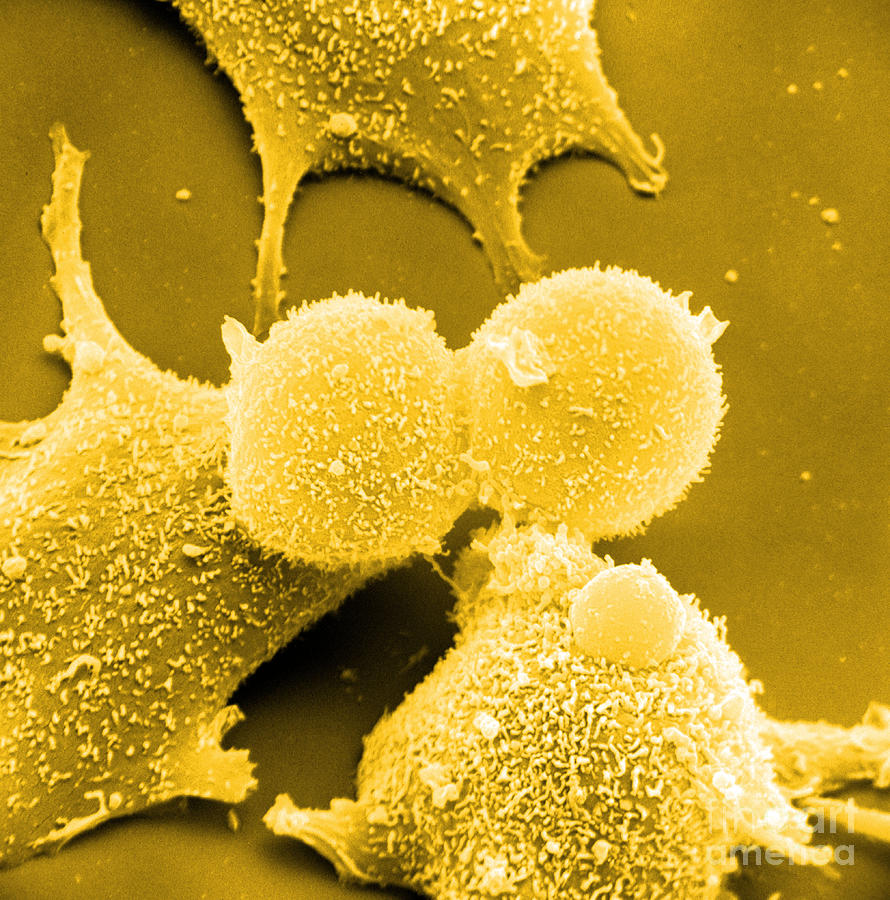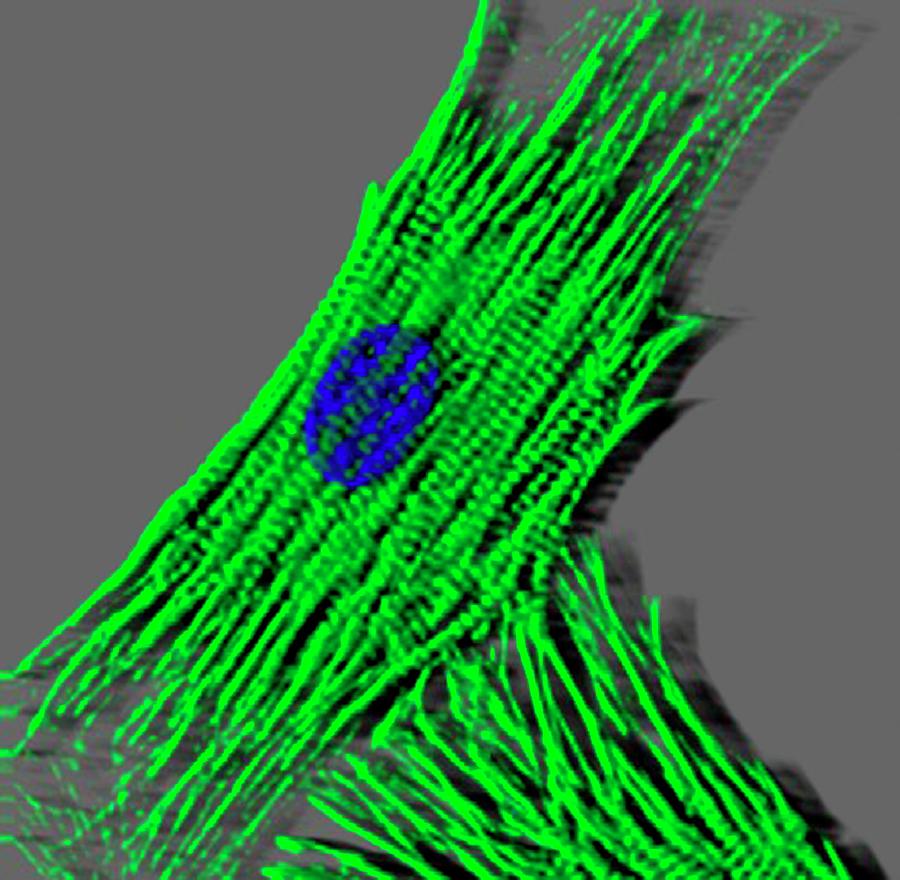

#Kid3 cardiomyocyte series
Prohypertrophic stimuli activate a series of intracellular signal transduction pathways that result in the induction of MEF2 and GATA4 DNA-binding activity and nuclear accumulation of NFATs. With respect to the latter, factors such as myocyte enhancer factor-2 (MEF2), GATA4, and nuclear factor of activated T cells (NFATs) have been implicated as key mediators of the hypertrophic transcriptional program ( 8 – 15). These studies have established that the hypertrophic response occurs through the activation of multiple cytosolic signaling pathways and nuclear factors ( 1, 2, 7). Over the past two decades, there has been significant progress in our understanding of the molecular mechanisms that mediate cardiac hypertrophy. Thus, identification of novel molecular mechanisms underlying the development of cardiac hypertrophy is of considerable scientific and therapeutic interest ( 3, 4, 6). Although a number of therapies are now available, cardiac hypertrophy and its attendant consequences remain a source of considerable morbidity and mortality ( 3, 6). Although initially compensatory, hypertrophy can eventually lead to decompensation characterized by heart failure, arrhythmias, and death ( 1, 2, 5). At the cellular level, hypertrophy is characterized by increased cell size/protein content and reactivation of fetal genes (e.g., ANF, BNP) ( 2, 4). Hypertrophic remodeling can be concentric (characterized addition of sarcomeres in parallel and lateral growth of individual myocytes) or eccentric (characterized by addition of sarcomeres in series and longitudinal cell growth) ( 3). These studies identify KLF15 as part of a heretofore unrecognized pathway regulating the cardiac response to hemodynamic stress.Ĭardiac hypertrophy is a common adaptive response of the heart to injury and hemodynamic stress ( 1, 2). Mechanistically, a combination of promoter analyses and gel-shift studies suggest that KLF15 can inhibit GATA4 and myocyte enhancer factor 2 function. KLF15-null mice are viable but, in response to pressure overload, develop an eccentric form of cardiac hypertrophy characterized by increased heart weight, exaggerated expression of hypertrophic genes, left ventricular cavity dilatation with increased myocyte size, and reduced left ventricular systolic function. Overexpression of KLF15 in neonatal rat ventricular cardiomyocytes inhibits cell size, protein synthesis and hypertrophic gene expression.

Myocardial expression of KLF15 is reduced in rodent models of hypertrophy and in biopsy samples from patients with pressure-overload induced by chronic valvular aortic stenosis. Herein, we identify the Kruppel-like factor 15 (KLF15) as an inhibitor of cardiac hypertrophy. Cardiac hypertrophy is a common response to injury and hemodynamic stress and an important harbinger of heart failure and death.


 0 kommentar(er)
0 kommentar(er)
